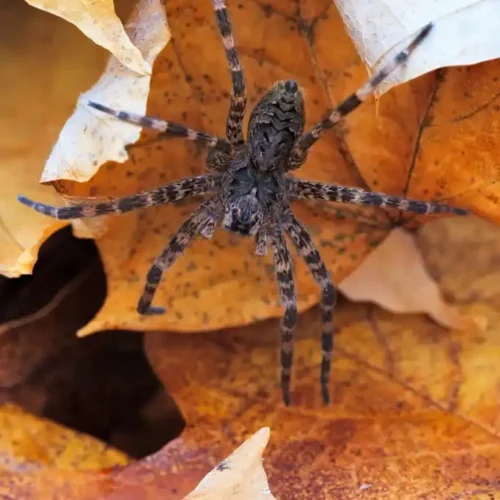 With Halloween right around the corner, sightings of classic creepy bugs and creatures will surely be on the rise as homeowners decorate for the spookiest day of the year. We like to remind our homeowners that real pests pose threats to both health and property and an infestation can be a real nightmare.
With Halloween right around the corner, sightings of classic creepy bugs and creatures will surely be on the rise as homeowners decorate for the spookiest day of the year. We like to remind our homeowners that real pests pose threats to both health and property and an infestation can be a real nightmare.
Pests such spiders, bats, rats and mice are frequently associated with Halloween fun and campy horror movies, but if found inside the home, they are a cause for concern. These pests are more likely to invade houses as the weather cools down, so it’s important for homeowners to be on the lookout for any signs of pest problems.
According to the National Pest Management Association (NPMA), the following pests could threaten the health and safety of your home this fall:
SPIDERS
For many people, spiders of any size and shape cause great alarm when found in the home, and their webs can be a serious nuisance. However, there are only two species of spiders in Tennessee that pose significant threats to human health: the brown recluse and black widow. Both species will bite when threatened and can cause painful, and possibly fatal reactions. Anyone who suspects they’ve been bitten by either of these should promptly seek medical attention.
BATS
Bats prefer to settle in dark, secluded and protected areas, including the attics of homes. They have been known as carriers of rabies in the U.S. and capable of infecting humans and other animals. Their droppings can also cause certain lung diseases. Bats are protected mammals in many states, so it is necessary to contact a pest control professional or the local wildlife service before taking any action to remove bats from the home.
RATS
Rats can inflict property damage and threaten human health. Their strong teeth allow them to chew through glass, cinderblock, aluminum and wire, increasing the potential risk for fires. They are also vectors of diseases including plague, jaundice, rat-bite fever, cowpox virus, trichinosis and salmonellosis. Additionally, rats can introduce fleas into a home. These pests can fit through holes the size of a quarter, so closely inspect both the inside and outside of the home for any gaps that could allow them easy entry.